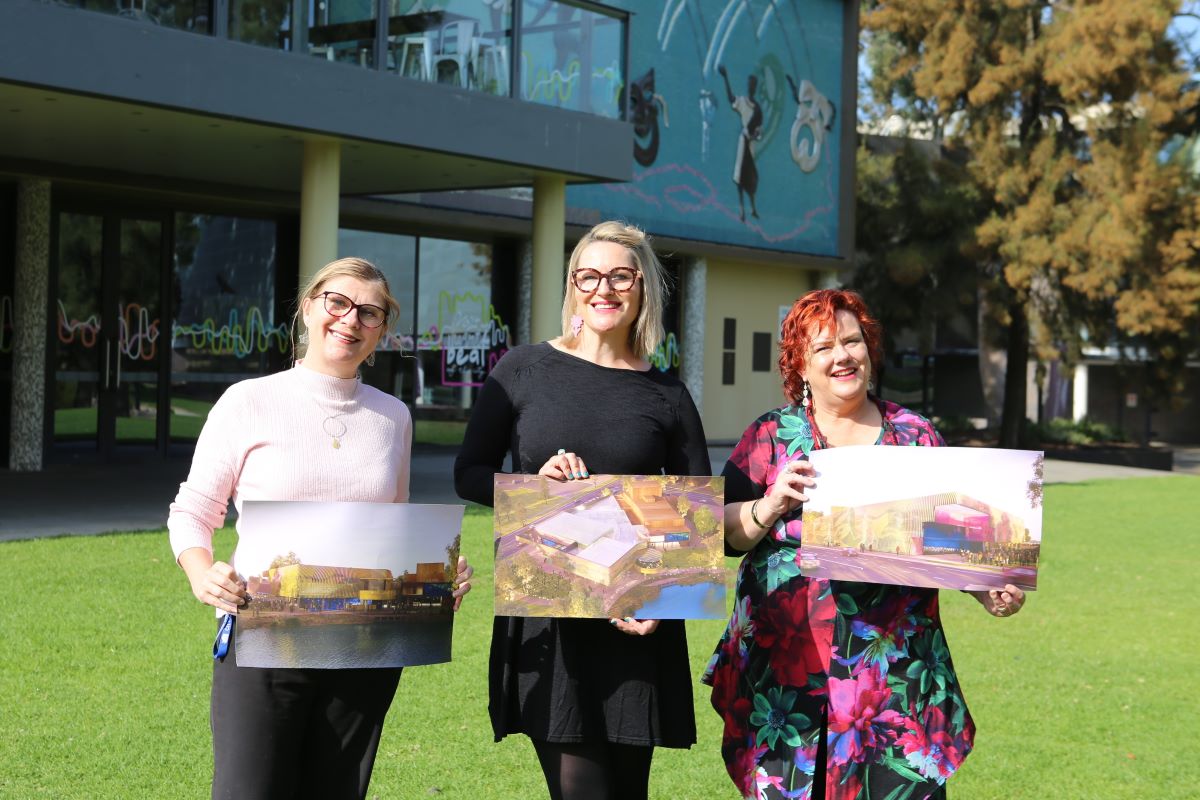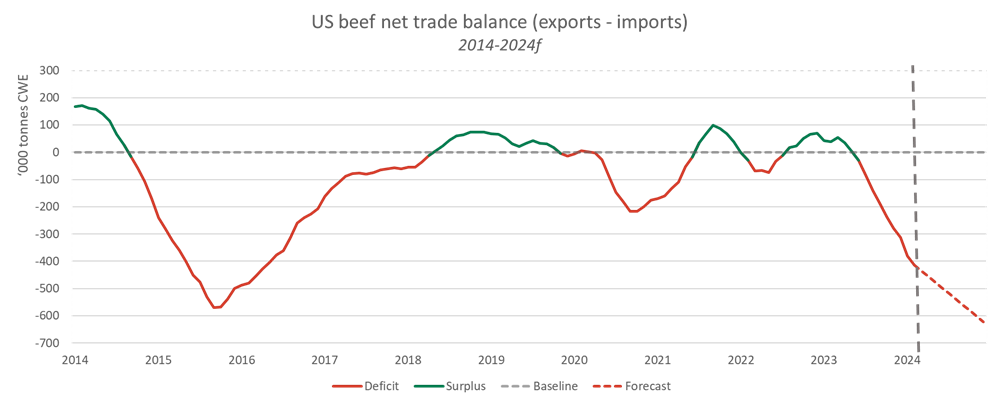I’ve just been in Glasgow attending the 26th UN Climate Change Conference of the Parties (COP26). It was the first COP I had attended since before the Paris Agreement, and the shift in momentum was striking.
Anna Malos
Policy Manager, ClimateWorks Australia
However, for me coming back to a climate summit for the first time since before the Paris Agreement – momentum is dramatically different. Net zero goals are the norm. Companies and countries are competing to show how they are transitioning./7 pic.twitter.com/BVOueso5VR
– Anna Malos (@Anna_Malos_Aus) November 14, 2021
Glasgow was as much about announcements regarding the summit as it was progress in the formal talks. There were announcements on sustainable finance; on forests; on coal; on oil and gas; and methane, to name a few. Combine these with new pledges from various countries over the past year, and the possibility of limiting global warming to 1.5°C is almost within reach.
There’s some big “ifs” in that – if countries successfully implement their pledges in full, and if developed countries step up on finance. So far, neither are yet on track. Clearly, more ambition is needed.
Climate Action Tracker‘s latest assessment, including all pledges and targets, put the world on track to 2.1°C. This would still be catastrophic.
However, progress has been made. The last time I was at a climate summit, pledges were putting us on track to 3°C of warming by 2100. Not quite crushing the curve – more inching closer – but in the right direction.
Outside the summit – on the streets, at the “People’s Summit”, and in public events – there was anger and frustration that movement is too slow, governments are not doing enough, and many are not yet truly aiming for the 1.5°C goal. The impacts climate change is already having are so clear – particularly for vulnerable communities – that it’s hard to see why action isn’t faster.
I understand the frustration. However, for me, coming back to my first climate summit after some time, momentum was dramatically different. There were three big shifts in commitments to mitigating climate change:
- Net zero is now the norm
- A 1.5°C rise is well and truly on the table as the maximum acceptable limit
- A substantial number of businesses and investors are moving, and moving faster than many governments.
Coal, oil, and even gas (to a lesser extent) are seen by financial markets as on borrowed time. The UK, as COP president, declared the end of coal is in sight, and for the first time, a UN climate agreement includes getting rid of coal-fired power and fossil fuels subsidies. There are caveats, but this inclusion is no small thing.
The detail of the “Paris rulebook” has been finished; however, there’s plenty of “devil in the detail”. Not everything has the highest environmental integrity, and there are concerns about equity and about future funding for developing countries, especially regarding adaptation. And, how developed countries address the loss and damage of the most vulnerable countries who are least responsible for climate change is a critical issue.
The detail of the “Paris rulebook” has been finished, and there is plenty of devil in the detail. There are concerns around environmental integrity, equity, and funding, as well as the loss and damage facing vulnerable countries least responsible for climate change. /9
– Anna Malos (@Anna_Malos_Aus) November 14, 2021
These shortcomings have already resulted in actors going beyond the Glasgow Climate Pact. Leading up to Glasgow, country negotiators had spent six years debating the trade of carbon credits in the Paris Agreement – known as Article 6 – and important conditions were established.
But with many disappointed by the final result, the alliance behind the San Jose Principles recommitted to campaigning for higher standards to ensure credits represent real and additional emissions reductions.
These kinds of announcements alongside COP are encouraging signs of progress. They cut across governments, businesses and investors, and, in some instances, sub-national governments. They show that on any issue there are actors who understand the transformation already underway, and what they must do.
The pressure on countries such as Australia to step up continues. Through the Paris Agreement, all countries committed to putting forward their best efforts at COP every five years – with COP26 the first. Given things aren’t on track, countries have agreed to look again next year – and annually – through ministerial meetings.
As the Icelandic delegate put it: “The next time we meet, we’ll do better, and the time after that, even better.”
This is an important approach, as there is so much more to do. The good news for Australia is that once we do act, our country is blessed with enough renewable and mineral resources to give us a competitive advantage in a net zero global economy.
There’s another reasons I leave Glasgow with hope.
While the COP result was insufficient to limit global warming to 1.5°C and avoid the impacts climate change will have on people and the planet, this realisation has sparked renewed endeavour from governments of countries who are most vulnerable and their allies, as well as from organisations including Monash and ClimateWorks who are working at pace to catalyse our net zero transformation, in line with rallying calls from progressive businesses andm most loudly, from the streets.






